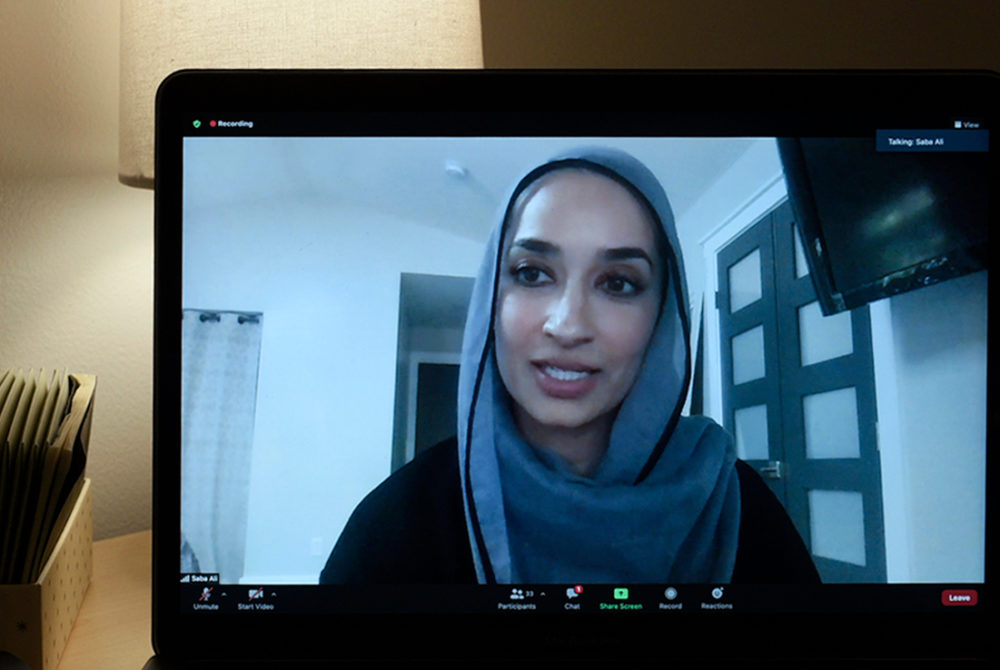
Media Credit: Danielle Towers | Assistant Photo Editor
Ali said increased Muslim representation in American media in recent years has helped humanize the Muslim community.
The George Washington University Museum and The Textile Museum hosted a webinar on modesty in Muslim-American women’s fashion last week.
Saba Ali, a stylist based in Northern California, discussed how the documentary “Fashioning Faith,” which explores Muslim American fashion in the early 2000s, and her career at the de Young Museum in San Francisco contributed to the development of Muslim fashion in the past decade. Lori Kartchner, the curator of education at the Textile Museum, moderated the event, which is part of the museum’s Fashion on Film series.
Ali said she came to know the museum through its outreach program in the Muslim-American community in the San Francisco Bay Area. She said when she became one of the museum’s resident stylists and advisers, she was asked to help curate the museum’s Contemporary Muslim Fashions exhibition in 2017.
She said the exhibition showcased 50 different designers and 80 ensembles from various spheres of culture and influence apart of the Muslim world.
“They wanted to ensure they were doing it in a way that was culturally sensitive to our community and was actually representative of the angle of Muslim fashion,” Ali said.
She said she tied hijabs on mannequins and lent her personal wedding garment and family jewelry to the exhibition to bring her own styling sensibilities. She said she wanted to represent Pakistani Muslim attire that was not able to be sourced from South Asian designers during the development of the exhibition.
“If you watched the film, you may have noticed women saying, ‘Hey we want people to come and ask us about it versus making assumptions or falling into the stereotypes that are out there,’ so I feel really strongly about having dialogue around these topics,” Ali said.
Ali said she has experienced people approaching her with slower speech due to assumptions and stereotypes, believing her to be an American immigrant. She said some Americans assume that veiled women wear their garments by force and their decision to dress modestly is not their own.
“Within the religion, there are different schools of thought – you may notice that some women cover their face and others don’t,” Ali said. “Even given the scripture and given what the rules are, different women interpret and implement the guidelines according to their own lifestyle.”
She said young Muslim-American women have been able to model Muslim fashions on social media and mainstream platforms like Instagram, educating users and being a source of representation and inspiration for other Muslim women. She said a larger Muslim representation in American media recently has been helpful in humanizing Muslims instead of stereotyping the community.
“It’s really amazing how much has changed in the last five years,” Ali said.
This article appeared in the September 2, 2021 issue of the Hatchet.
https://ift.tt/3ByQeuP
Fashion
Bagikan Berita Ini














0 Response to "Stylist discusses modesty in Muslim American women's fashion - GW Hatchet"
Post a Comment